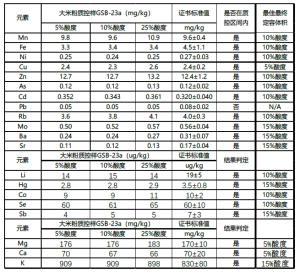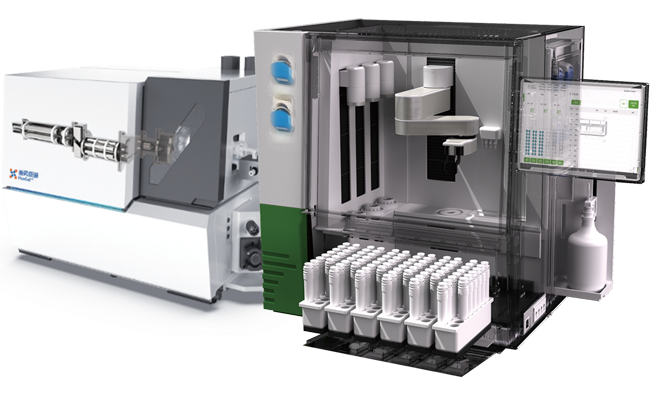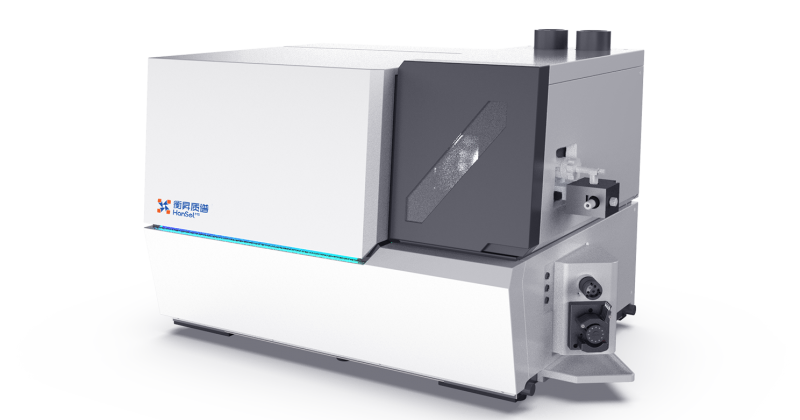Preface to the Application
Elemental analysis in rice noodles has multiple significant roles and values, mainly reflected in the following aspects: Nutritional value assessment: Determining the content of nutritional components: Through elemental analysis, the content of various nutritional elements in rice noodles can be accurately determined, such as macronutrients like potassium, calcium, sodium, and magnesium, as well as micronutrients like iron, zinc, copper, manganese, and selenium. These elements play a significant role in human metabolism, growth and development, immune function, etc. Understanding their content is helpful for evaluating the nutritional value of rice flour. Compare the nutritional differences of different types of rice noodles: The elemental content of rice noodles varies among different varieties, origins, and processing techniques. For instance, compared with refined white rice noodles, brown rice noodles perform better in terms of nutritional qualities such as protein, vitamins and trace elements. Elemental analysis can be used to compare the nutritional components of different rice noodles, providing a basis for consumers to choose more nutritious rice noodles. Food safety monitoring: Rice flour may contain some elements harmful to the human body, such as lead, arsenic, cadmium, mercury, chromium and other heavy metals. If these harmful elements exceed the standard, they will cause serious harm to human health. For instance, lead can affect the development of the nervous system, and cadmium can damage the kidneys, etc. Elemental analysis can accurately detect the content of these harmful elements, ensuring that rice noodles meet food safety standards and safeguarding consumers’ health. Monitoring the impact of environmental pollution: During the growth process of rice, it may absorb pollutants from the soil and water sources, resulting in abnormal content of certain elements in rice flour. Through the analysis of the elements in rice flour, the pollution status of the rice growth environment can be indirectly understood, providing a reference for environmental protection and the quality and safety of agricultural products.
Product consistency inspection: During the production process of rice noodles, elemental analysis can be used to detect the consistency of the product, ensuring that the elemental content of different batches of rice noodles remains relatively stable, thereby guaranteeing the stability of product quality and meeting consumers’ expectations for product quality. Establish quality standards: Accurate elemental analysis data is conducive to formulating and improving the quality standards of rice noodles, clarifying the content range of various elements, providing a scientific basis for the production and supervision of rice noodles, and promoting the standardized development of the rice noodle industry. Developing characteristic rice noodle products: Understanding the distribution and content patterns of elements in rice noodles is helpful for developing rice varieties and rice noodle products with specific nutritional functions or flavor characteristics. For instance, the development of selenium-enriched rice flour is based on the analysis and control of selenium content to meet consumers’ demands for supplementing trace elements. It is well known that ICP-MS is a powerful tool for elemental analysis. Compared with other techniques, it has the ability to analyze multiple elements simultaneously, a wide linear range, fast testing speed, low quantitative limit and strong specificity. This paper adopts iQuad2300P to precisely analyze 20 elements in Hunan rice noodles GSB-23a. Except for Pb, which is suspected to have a problem with the set value, all can be within the range of the quality control certificate.
1. Through the aerosol dilution technique and internal standard correction of the Hengsheng iQuad 2300 ICP-MS, the impact of acidity can be almost negligible.
2. In the analysis of the quality control sample Hunan rice GBW10045a (GSB-23a), there were significant differences in the results obtained for some elements at different volumetric dilutions, but most of these differences were due to matrix effects and contamination caused by high sample concentrations rather than the influence of acid effects.
3. This test can prove the matrix tolerance and quantitative capability of the iQuad 2300P, which can accurately and quickly quantify various elements in rice flour quality control samples.
Highlights of the Solution
Analysis was conducted using Hansel iQuad 2300 ICP-MS. Use a helium KED mode with a certain flow rate. The unique electron dilution design of iQuad 2300 can achieve the ability to remove the interference of multi-atomic ion mass spectrometry at the same flow rate, and at the same time distinguish the degree of mass spectrometry interference received by different elements to achieve targeted and differentiated anti-interference effects.

Twenty elements were evaluated in this experiment. Among them, the Pb element was tested repeatedly. The results obtained with different dilution factors had good parallelism, but all were lower than the lower limit of the reference value of the quality control sample.
The determination results of Pb element in the quality control samples do not match the set values. Pb element itself has no mass spectrum, and the result differences at different sample concentrations are within 10%. The parallelism of repeated determination results is relatively good, but all do not conform to the set values. When no problems were found in the matrix effect, mass spectrometry interference, standard solution preparation and the preparation process, the author tended to think that there might be problems with the fixed values. The other 19 elements are all within the quality control range. Moreover, the test results obtained by weighing 500mg and microwave digestion, and finally adjusting to 25ml have the most cases that are closer to the median value. It is recommended to adopt this dilution ratio.





